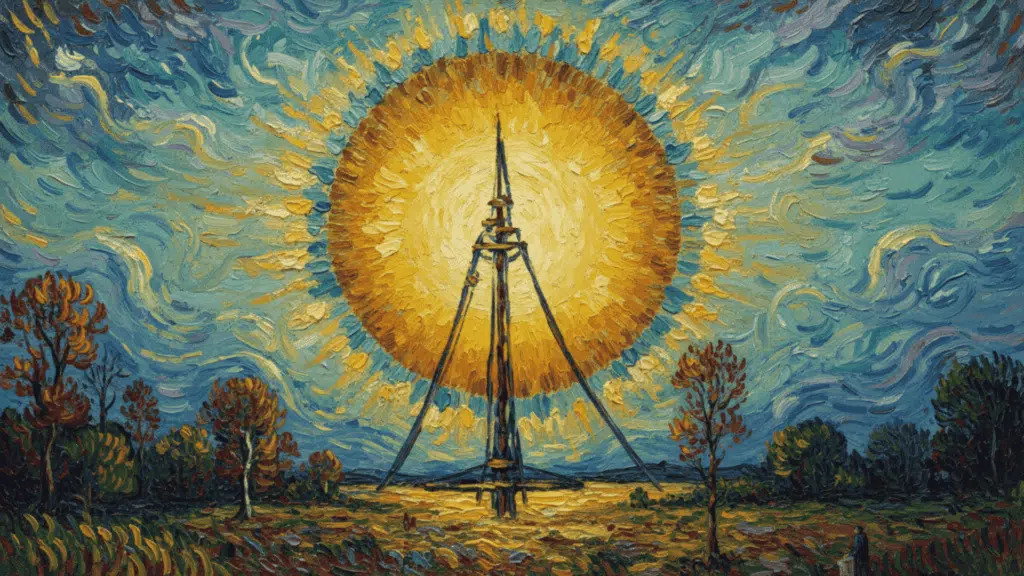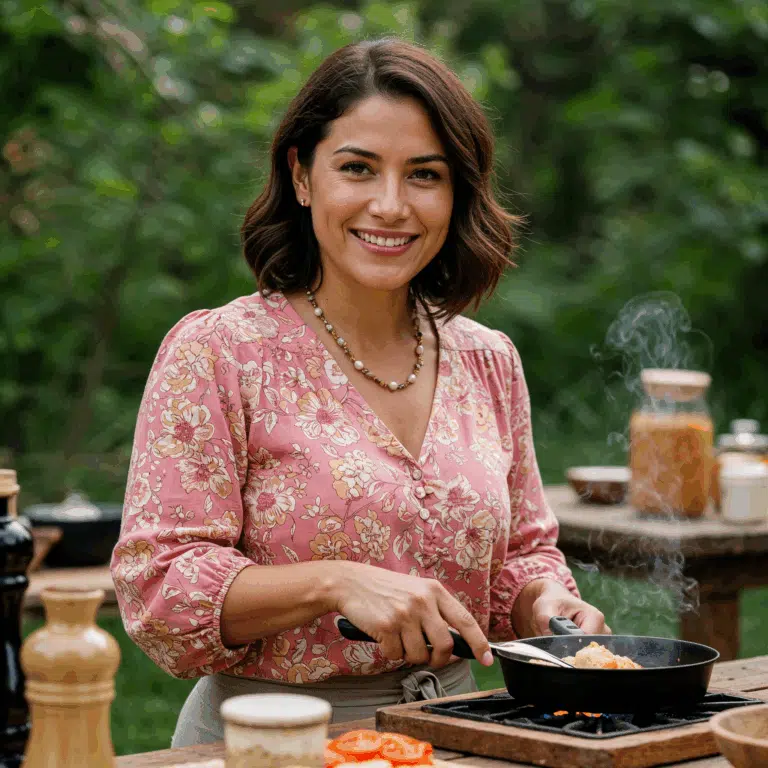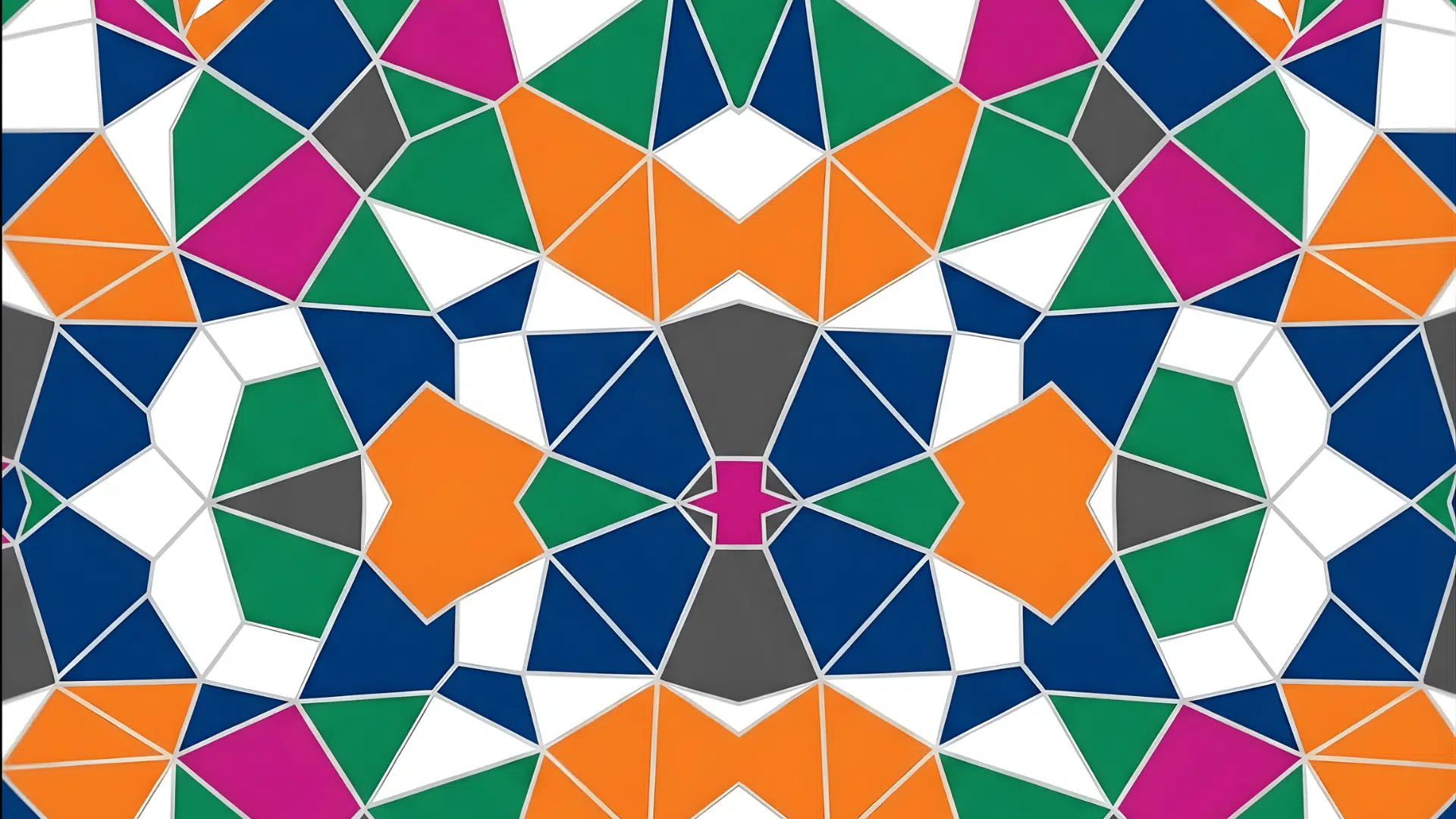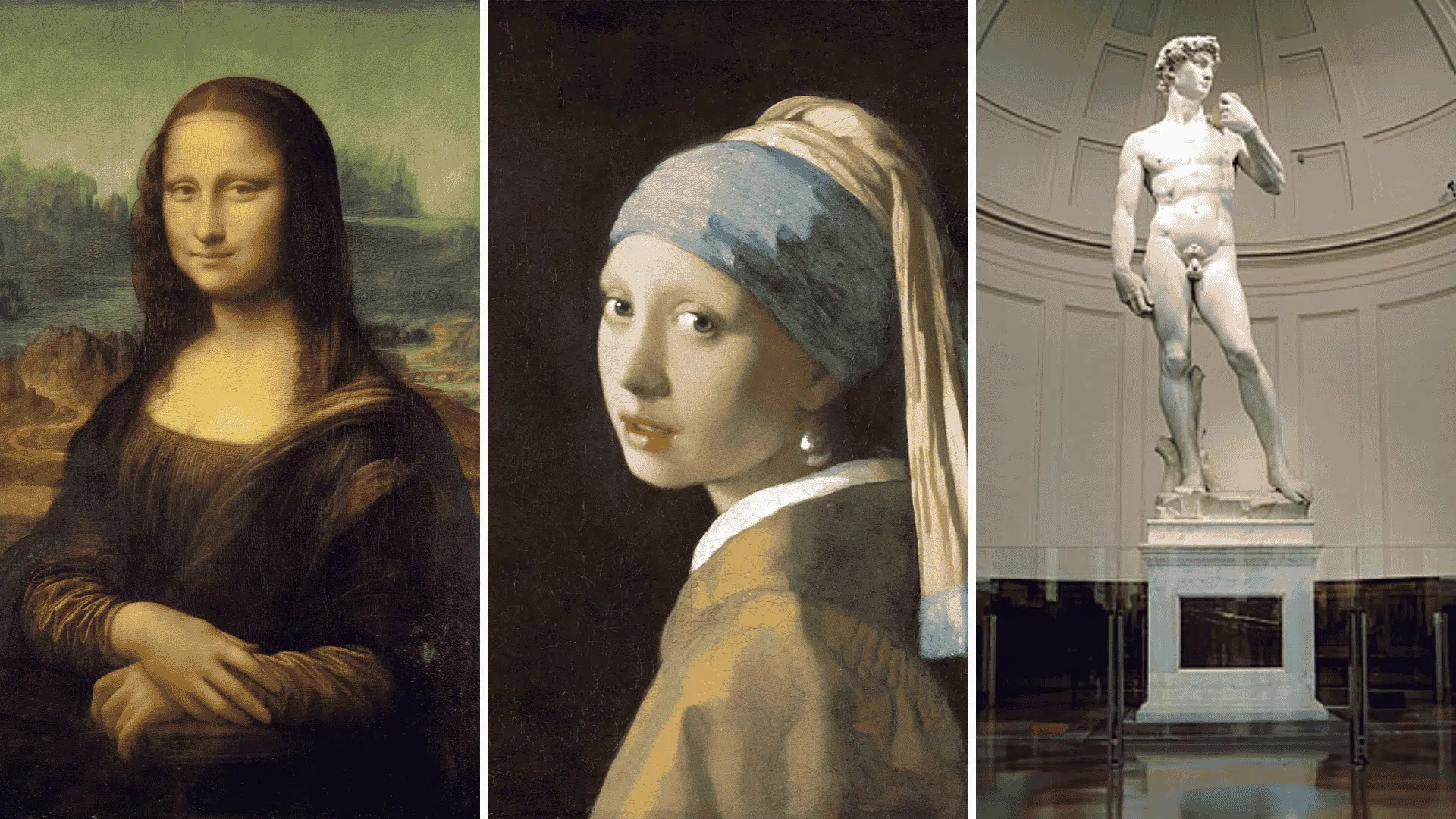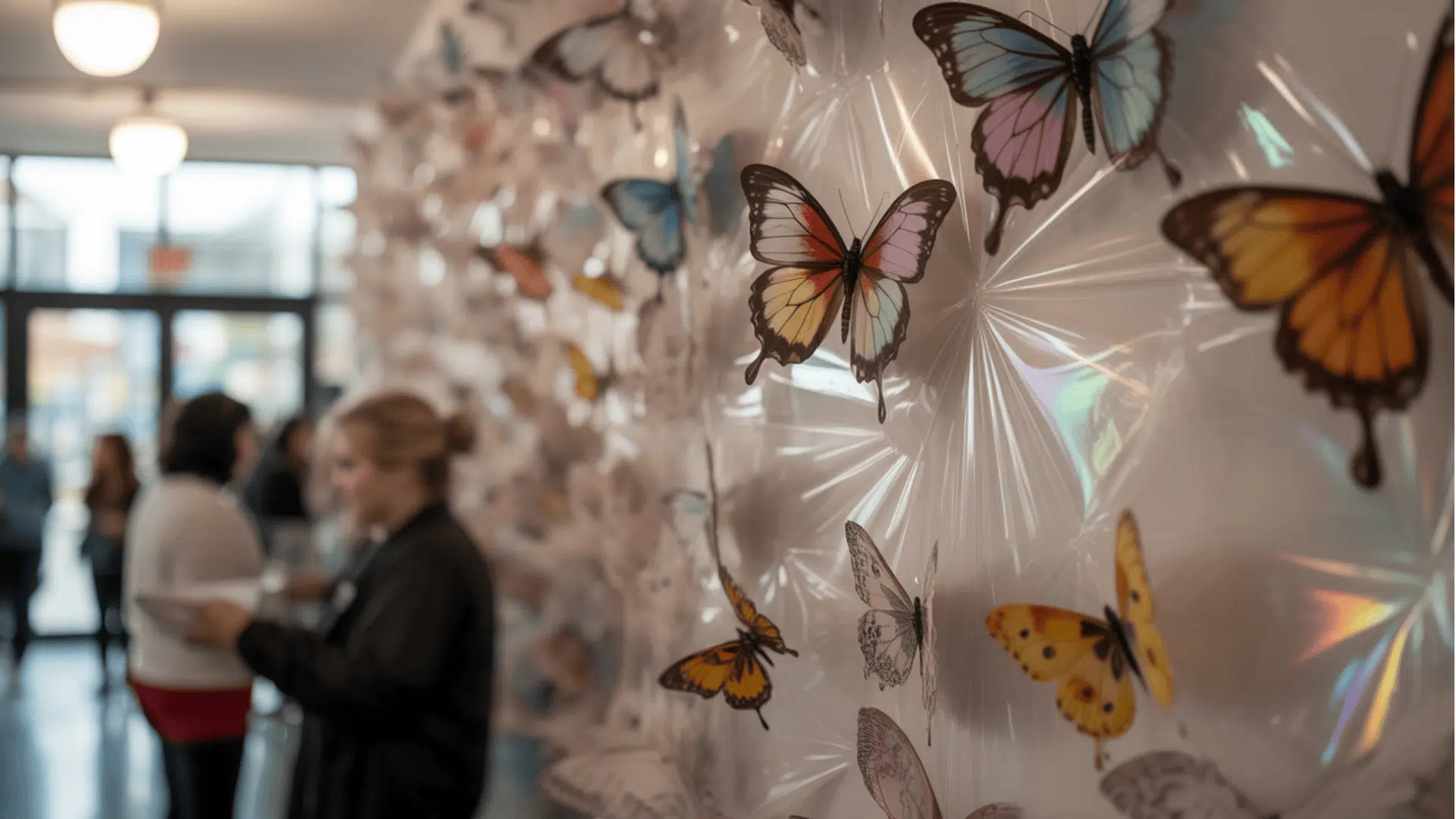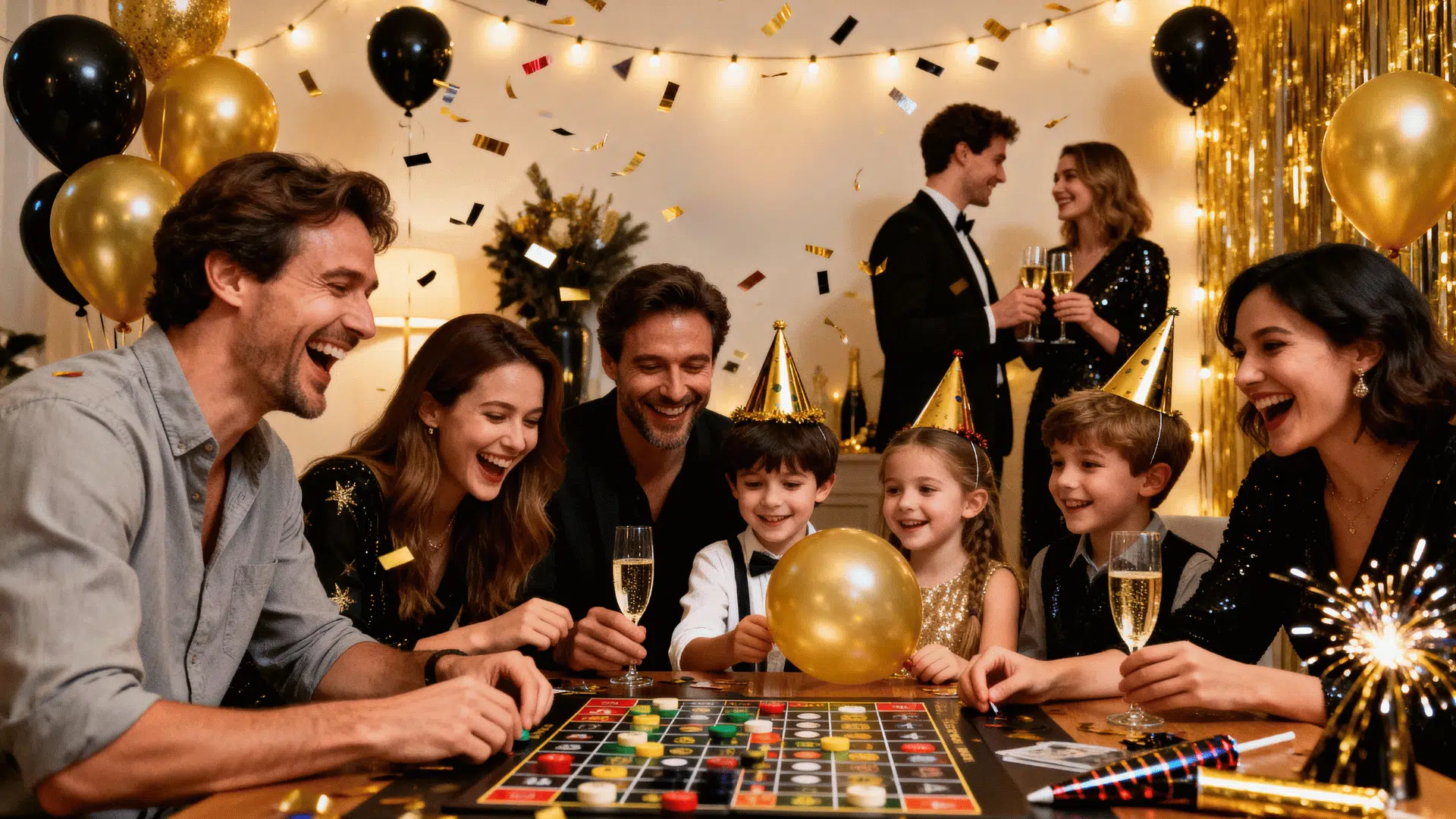Artists often struggle to create arts that feel cohesive, leaving viewers confused about where to focus their attention.
Understanding unity and unity definition in art can structure scattered visual elements into a cohesive, purposeful flow of art that guides the viewer’s eye effortlessly.
The following blog will provide an explanation of unity in art in artistic terms, assess its essential role in successful compositions, and offer practical techniques artists can use to achieve visual harmony.
Readers will learn about the different types of unity, understand how master artists have applied these principles throughout history, and gain actionable strategies to strengthen their own work.
What Does Unity Mean in Art?
Unity in art is one of the fundamental principles of art and design, forming a complementary relationship between all visual components to create a sense of wholeness and coherence.
This design principle occurs when colors, shapes, textures, and forms complement each other rather than compete for attention.
Without this principle, artworks often appear scattered or confusing. When properly executed, unity guides the observer’s eye naturally through the piece, creating an intuitive viewing experience.
Successful artists understand that effective compositions depend not on the strength of isolated elements, but on how these components interact and support the central concept or emotion being expressed.
Elements of Unity in Art

Unity in art emerges through several interconnected elements that work together to create visual harmony, and understanding these components helps artists make deliberate choices that strengthen their compositions.
1. Color Harmony
Artists use analogous, adjacent colors on the color wheel to establish smooth transitions. They employ limited color palettes for consistency and repetition of accent colors to create visual connections.
In Claude Monet’s “Rouen Cathedral” series (1892-1894), he employs analogous color schemes of warm oranges, yellows, and reds to capture different lighting conditions, thereby creating unity despite the varying times of day.
2. Repetition & Rhythm
Artists use recurring shapes, consistent brushstrokes, and repeated colors to create pathways that guide the viewer’s eye smoothly through the whole piece.
In “Starry Night” (1889), Van Gogh’s consistent swirling brushstrokes create a visual rhythm across the entire canvas, unifying the sky, the landscape, and the village.
3. Proximity
Spatial arrangements significantly impact how viewers perceive relationships within the subjects of the artwork.
Strategic clustering of related objects and consistent spacing between elements create visual connections while maintaining overall organizational coherence.
“The Last Supper” (495–1498) exemplifies proximity through da Vinci’s strategic grouping of disciples into four clusters of three figures each, creating organized visual relationships across the complex composition.
4. Continuation & Flow
Leading lines, overlapping forms, and gradual transitions in color or texture create logical viewing sequences that feel natural and intuitive.
They, in turn, prevent a jarring interruption and ensure a smooth flow.
“No. 1, 1950 (Lavender Mist)” (1950) is Pollock’s masterpiece, which employs drip patterns that create continuous movement across the canvas, without traditional focal points, and thus achieves all-over unity.
5. Similarity & Consistency
Consistent visual characteristics bind diverse elements into one appealing whole. Similar stylistic approaches, comparable scales, consistent lighting conditions, and uniform surface treatments strengthen connections between different components.
In “A Sunday on La Grande Jatte” (1884), Seurat achieves unity in the multi-figure artwork through a systematic pointillist technique and the repetition of vertical figure poses.
When does Harmony become Monotony?
Adding variety to create compelling artwork requires finding the perfect balance between visual cohesion and engaging contrast.
Excessive unity can result in boring compositions, while excessive variety creates chaos that confuses viewers.
- Prevent Visual Monotony: Pure unity without variation creates flat, uninteresting compositions that fail to hold the viewer’s attention or create memorable visual impact.
- Create Visual Hierarchy: Controlled contrast through size, color, or texture variations helps establish clear focal points while maintaining compositional order and flow.
- Add Emotional Depth: Subtle variations in repeated elements can convey different moods or feelings, making artwork more emotionally resonant and personally meaningful.
- Guide Eye Movement: Thoughtful placement of varied elements creates natural pathways that lead viewers through the composition in a deliberate sequence and direction.
- Establish Rhythm and Beats: Like music, visual compositions benefit from both steady rhythm (unity) and occasional syncopation (variety) to create dynamic visual experiences.
- Reflect Natural Patterns: Nature demonstrates perfect balance between repetition and variation – think of tree branches or flower petals that share similarities yet remain individually unique.
Elements of Art in Unity
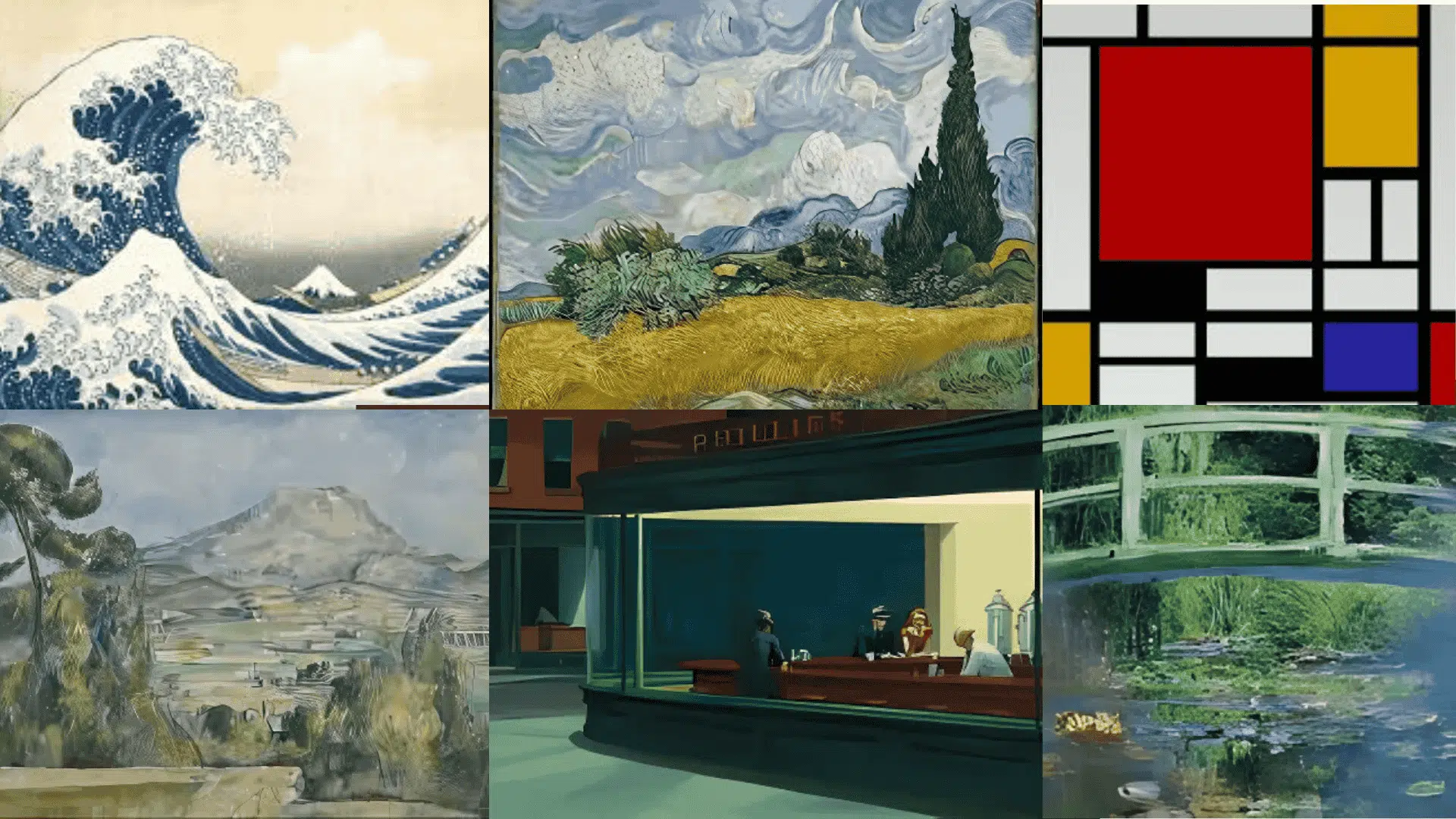
Artists use the fundamental elements of art as building blocks to create unified compositions. Each element contributes to visual harmony when applied thoughtfully and consistently throughout the artwork.
1. Line
Consistent line quality, whether bold or delicate, creates visual relationships. In places where parallel lines suggest stability, curved lines add flow and movement that guides viewers through the piece.
Hokusai’s “The Great Wave off Kanagawa” (1831) features flowing, curved lines that create visual continuity, connecting the threatening wave to the distant Mount Fuji and unifying the foreground and background through consistent linear movement.
2. Shape and Form
Related shapes create visual echoes that strengthen compositional unity. Geometric shapes provide structure and order, while organic forms add natural flow.
Paul Cézanne in “Mont Sainte-Victoire” (1904-1906) repeats geometric forms throughout the landscape, echoing the mountain’s triangular shape in smaller rocks and tree formations, creating a visual connection across the composition.
3. Color
Limited palettes create instant cohesion, while analogous colors blend smoothly together.
Strategic color repetition links distant areas of the composition, creating visual bridges that unify separate elements.
“Water Lilies” series (1914-1926) by Monet achieves harmony through limited color palettes of blues, greens, and purples that blend flawlessly across the canvas, creating unified impressions of light and reflection on water.
4. Texture
Consistent texture treatment across similar elements reinforces their relationships.
Contrasting textures can highlight important areas while maintaining overall harmony through careful balance and strategic placement throughout the piece.
Vincent van Gogh, in his work “Wheat Field with Cypresses” (1889), consistently employs the impasto technique, which creates a unified surface texture throughout.
5. Value
Light and dark relationships create structure and depth within unified compositions. Consistent value patterns guide attention naturally, while gradual transitions prevent harsh breaks.
“Nighthawks” (1942) by Edward Hopper presents a strategic contrast between the bright diner interior and the dark surrounding streets, which thus creates a unified mood and atmosphere.
6. Space
Thoughtful use of positive and negative space creates breathing room, preventing visual chaos. Consistent spatial relationships between elements suggest intentional organization.
Piet Mondrian’s “Composition with Red Blue and Yellow” (1930) has repeated rectangular shapes in varying sizes that create visual rhythm and balance, while the consistent geometric forms unify the abstract composition despite contrasting colors.
How Artists Use Unity to Convey Meaningful Messages?
Artists strategically employ unity to reinforce their intended themes. A painter depicting tranquility might use soft, analogous colors throughout the composition, while consistent horizontal lines suggest calm and stability.
Conversely, an artist exploring chaos or conflict might maintain unity through aggressive brushstrokes and jagged forms, even while using contrasting colors.
This deliberate consistency helps viewers immediately grasp the emotional tone.
Gothic cathedral architecture achieves unity through the repetition of pointed arches, ribbed vaults, and soaring vertical lines that direct attention heavenward.
Similarly, Byzantine mosaics use consistent gold backgrounds and stylized figures to create otherworldly unity that separates sacred space from earthly concerns.
Kehinde Wiley’s portrait series maintains visual unity through consistent ornate floral patterns while placing diverse subjects in classical poses. This unified approach communicates messages about representation and power structures in art history.
Your Path to Unified Compositions
Mastering unity in art requires understanding how individual elements work together to create compelling visual experiences.
The principles found provide practical tools for strengthening compositions. Historical examples demonstrate that united artistic movements remain constant in successful works of art.
Artists applying these concepts thoughtfully will notice immediate compositional improvements. Unity doesn’t sacrifice creativity; it provides the foundation for artistic expression to flourish.
Each Artwork offers chances to apply these principles, enhancing skills that improve artistic communication impact.

